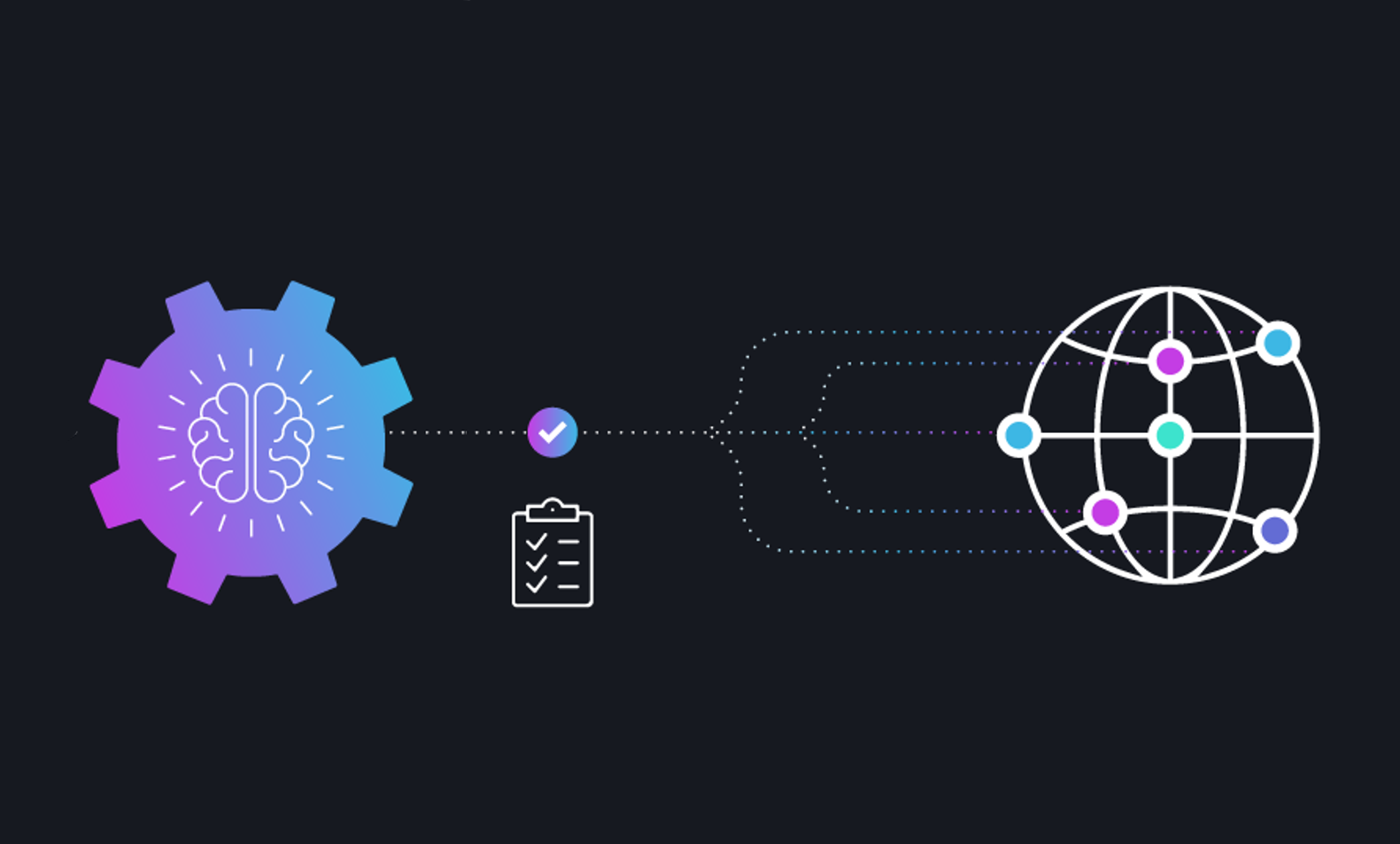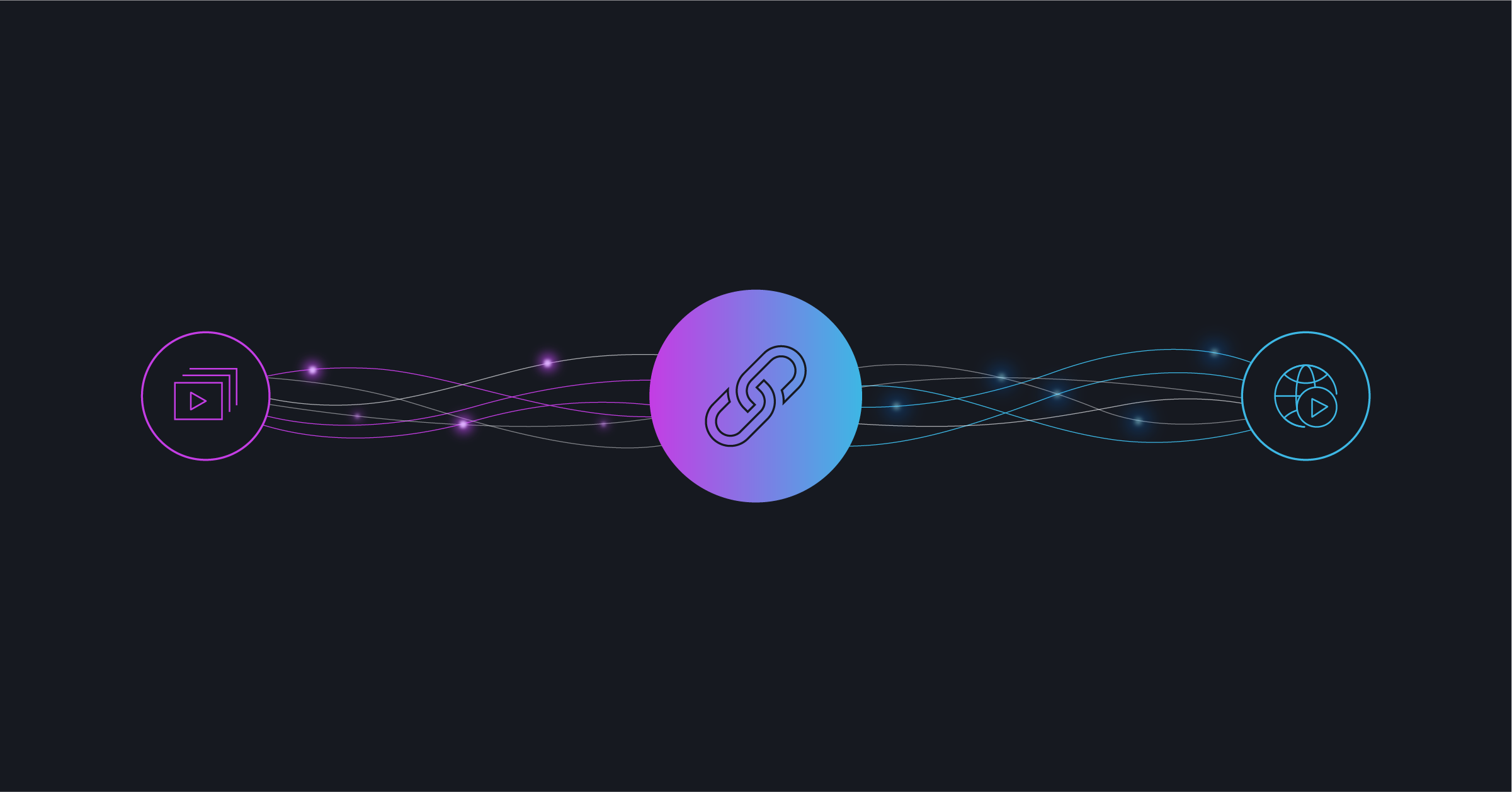Put Your Focus on Functionality and the Ability to Optimize Operations
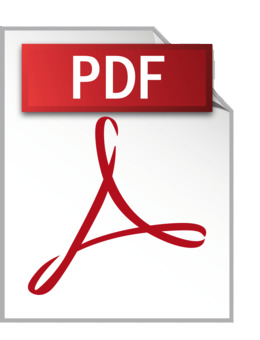
Media asset management (MAM) systems have been central to media workflows for many years, providing tools to store, organize and process content and metadata throughout operations, deployed on on-premise systems designed for specific workflows and volumes. Hard-wired to other infrastructure for transcoding, QC, captioning, and other processing tasks, the MAM typically served as a valuable reference point for the status of all assets and jobs. While this architecture was appropriate for its time, in today’s world it means over-provisioned systems of fixed scale resulting in bad utilization, hard-coded workflows that allow no agility in responding to market changes, and custom integrations that cause duplication of effort and overall inefficiencies.
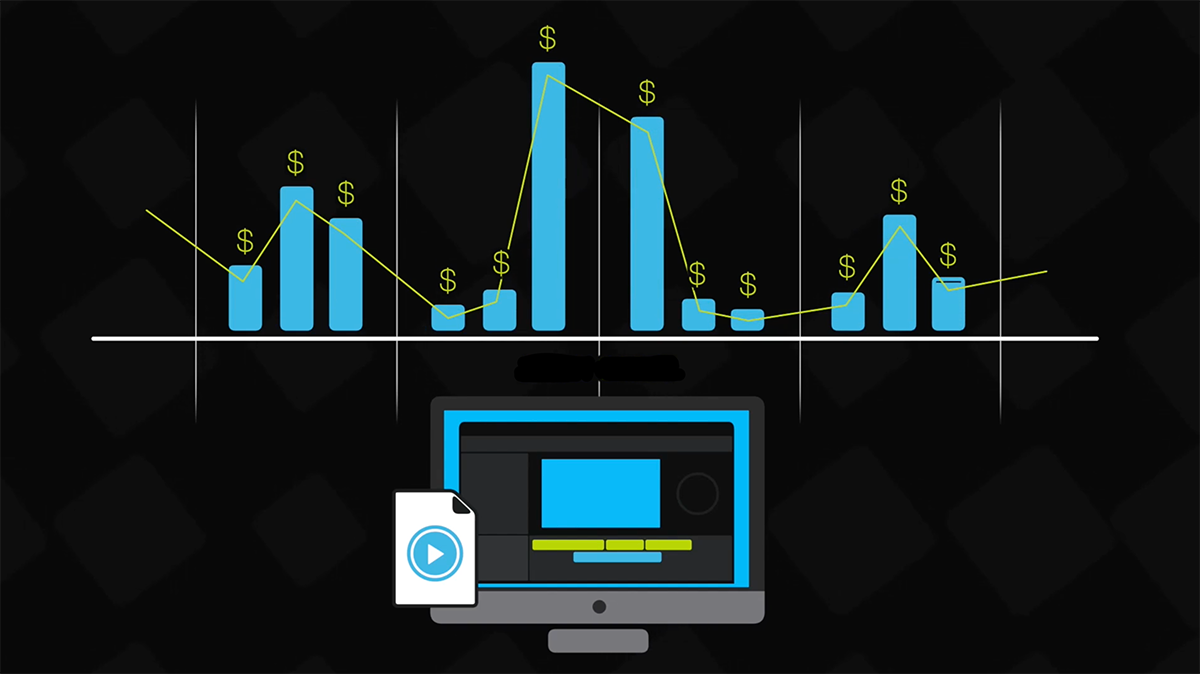
With media storage and processing workflows now extending into the cloud, leading media organizations are looking beyond conventional MAMs for a platform that provides the agility, efficiency, and intelligence demanded by today’s business environment. Turning their focus to solutions engineered for the cloud and designed to deliver media processing capabilities in a more agile manner, these organizations are asking, “Is a MAM really what I need?”
In most cases, the short answer is “No.” While a production-centric MAM is still the right solution for live, studio, or news integration, a modern cloud-based media supply chain platform exceeds the requirements of virtually every other use case while offering a host of additional benefits.
How Does Supply Chain Management Differ From a MAM System?
As a modern cloud-based media supply chain management platform, SDVI Rally incorporates many of the core functional blocks of a traditional MAM system, and a lot more besides including infrastructure management, dynamic application sourcing, and financial management and reporting.
As a software-as-a-service (SaaS) solution, the Rally platform delivers key functions while removing the need for any physical infrastructure, automatically provisioning and scaling compute and storage resources as needed. Select content transformation processes, such as transcode, QC, and captioning, are performed by best-of-breed, third-party applications, which are deployed and scaled dynamically as needed. This approach allows organizations to build their supply chain and workflows based on business needs, rather than on available infrastructure and tools.
A comparison of supply chain and MAM systems shows numerous areas of overlap with respect to MAM functionality and defines critical characteristics for each. But the two models are distinct in another important way: while MAM systems focus on assets, supply chain platforms focus on “content economics,” meaning the complete tracking, forecasting, visibility, allocation, and reporting of cost related to supply chain operations.
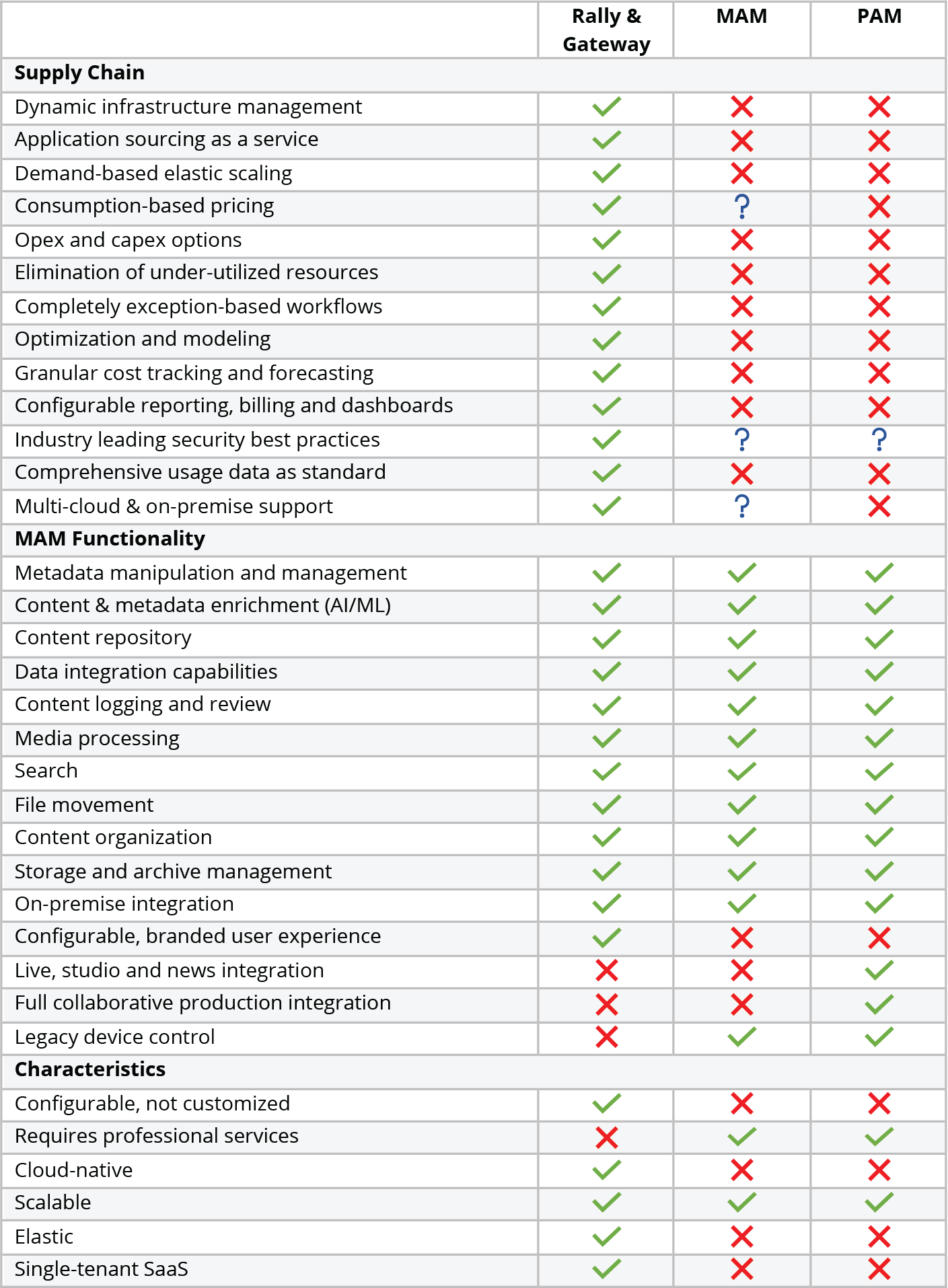
MAM systems rarely provide the metrics and insights to identify inefficiencies and waste as it’s simply not what they were designed to do. Supply chain methodology, on the other hand, is concerned with just this. Rally was engineered to facilitate optimization of content preparation processes, the elimination of waste, continuous improvement, and ultimately, business optimization, based on metrics and analytics.
Making new financial insight and modeling tools available to the enterprise, this model supports the prediction, reporting, and categorization of expected or actual spend on a completely granular level, based on individual jobs, content items, complete supply chains, or collections of content (series or services/channels). As a result, operations teams can see how much various aspects of a project actually cost and can use that data to predict the cost of any new project. They can leverage data to be proactive rather than reactive. This enables them to run their content operations as a business, not just a technical operation.
Another significant difference between traditional MAM systems and today’s media supply chain platform is the underlying business model. Standing up a MAM project typically requires a significant input of professional services over a period of months, as well as extensive customization and integration with existing systems. The Rally platform gives operators independence in implementing the functionality and workflows they need, supported by SDVI’s experienced technical account management team.
Why Move to Media Supply Chain Now?
A media supply chain platform can introduce financial predictability, visibility, and accountability that are unavailable with a traditional MAM system. Understanding the cost of supply chain functions is critical for any media organization seeking to further increase efficiency and maximize business growth. When every task executed has an associated cost, it becomes easy to determine the cost of goods and, in turn, assign costs to projects, channels, or departments. This financial accountability is key to transitioning to an agile way of operating.
Some Rally users have integrated the platform with their existing MAM system so content can be easily exchanged between them, or where their MAM system is focused on production workflows. Other users have determined they don’t need a traditional MAM system and rely solely on Rally for managing their media. Still others use Rally and have built their own applications on top of the platform to provide custom user experiences for their different operational groups.
There is no right or wrong solution. The beauty of the media supply chain model is that it can be adapted to meet specific requirements, even as they change, and ensure continued efficiency improvements as operations change and grow.
